Different Types of Zippers: A Complete Guide to Zippers for Garments
A zipper is a fastening device used to join two pieces of fabric or other material. Interlocking teeth join the two pieces on each side of the zipper. Zippers are used in a variety of applications, including clothing, luggage and other bags, shoes, tents, and other products. We'll cover everything you need to know about how many types of zippers are available in the market and how to choose the right zipper for your sewing project.
Click here to explore the names and functions of various zipper componentsParts of a Zipper
Want to learn how to sew a zipperAttaching a Zipper
Table of Content
The Different Types of Zippers Based on the Material of Their Teeth

Metal Teeth Zippers
A metal teeth zipper is a type of zipper where the teeth are made of metal. They are more durable than plastic teeth zippers and are often used in heavy-duty applications such as outerwear. Metal teeth zippers can be made with either aluminium or brass teeth.
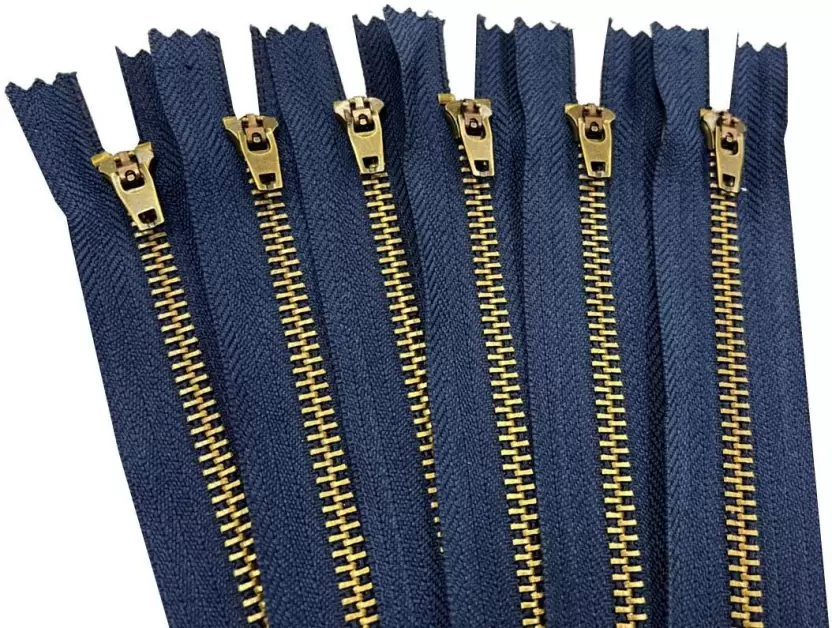
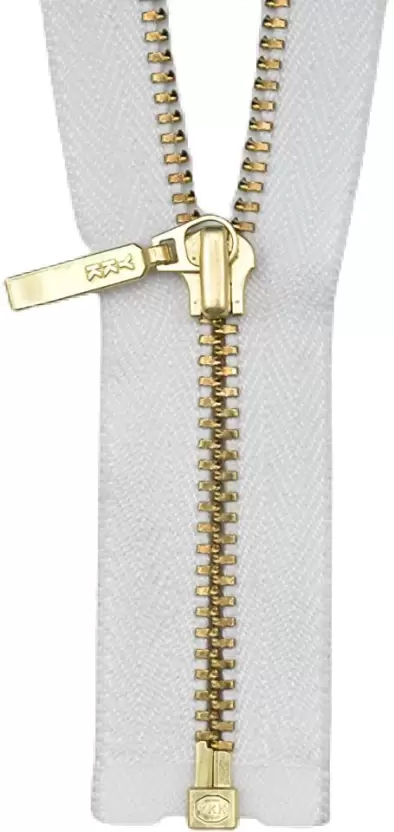
Advantages of metal teeth zippers over other types of zippers
- Metal teeth zippers are more durable than plastic zippers and can withstand more wear and tear. They are also less likely to break than plastic zippers.
- Metal teeth zippers are also more resistant to heat and cold than plastic zippers. This means that they are less likely to warp or melt in extreme temperatures.
- Overall, metal teeth zippers are a more durable and reliable option than plastic zippers. If you are looking for a zipper that will last, metal teeth zippers are a great choice.
This type of zipper is often used in clothing such as jackets, jeans, and skirts. Metal zippers are available in a variety of colours, sizes, and styles.
Disadvantages of metal teeth zippers over other types of zippers
They are also more expensive than plastic zippers. Metal teeth can be noisy and can damage the fabric of the garment if they are not lined up properly. They are also more difficult to repair if they break.
Molded Plastic Zippers
Moulded plastic zippers are a type of zipper where the teeth are made from plastic. They are often used in garments and other items that require a durable and strong zipper. Moulded plastic zippers are available in a variety of colours and can be customized to match the colour of the garment or item.
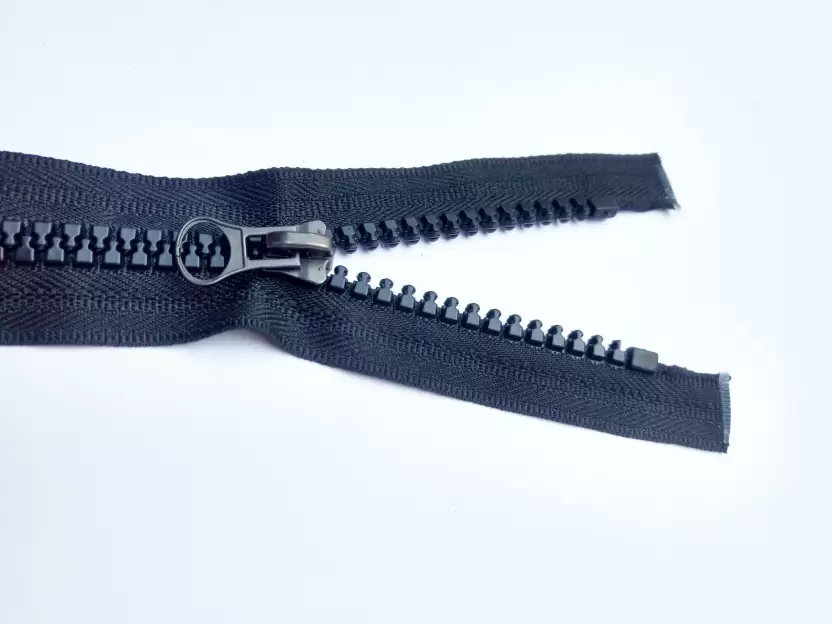
Advantages of moulded plastic zippers over other types of zippers
- Moulded plastic zippers are becoming increasingly popular in a variety of industries. Their advantages over metal zippers include weight reduction and corrosion resistance.
- Moulded plastic zippers are used in a variety of clothing types, including jackets, activewear, and swimwear. This type of zipper is created by moulding plastic into the desired shape, which can provide a more durable and water-resistant option than other types of zippers.
Disadvantages of moulded plastic zippers over other types of zippers
- One of the main disadvantages of moulded plastic zippers is that they are not as strong as metal zippers. They can break easily, especially if they are used frequently. Additionally, moulded plastic zippers can be difficult to repair if they break.
- They can become warped or deformed over time, making them difficult to use.
- Moulded plastic zippers can fade or discolour in sunlight.
- Sometimes, moulded plastic zippers can be more expensive than metal zippers. This is because they are not always mass-produced, which drives up the cost.
- Sometimes, moulded plastic zippers can be difficult to find in stores, as they are not as widely available as metal zippers.
Coil Zippers or CFC Zippers
The full form of CFC is Coil Fastener Closure. If you're looking for a lightweight zipper that is both flexible and strong, then a coil zipper is a great option. Coil zippers are made with teeth that are coiled nylon or polyester, which are then either stitched or woven into the tape. This construction makes coil zippers very strong and durable while still being lightweight. The coil zippers are also known as CFC zippers.
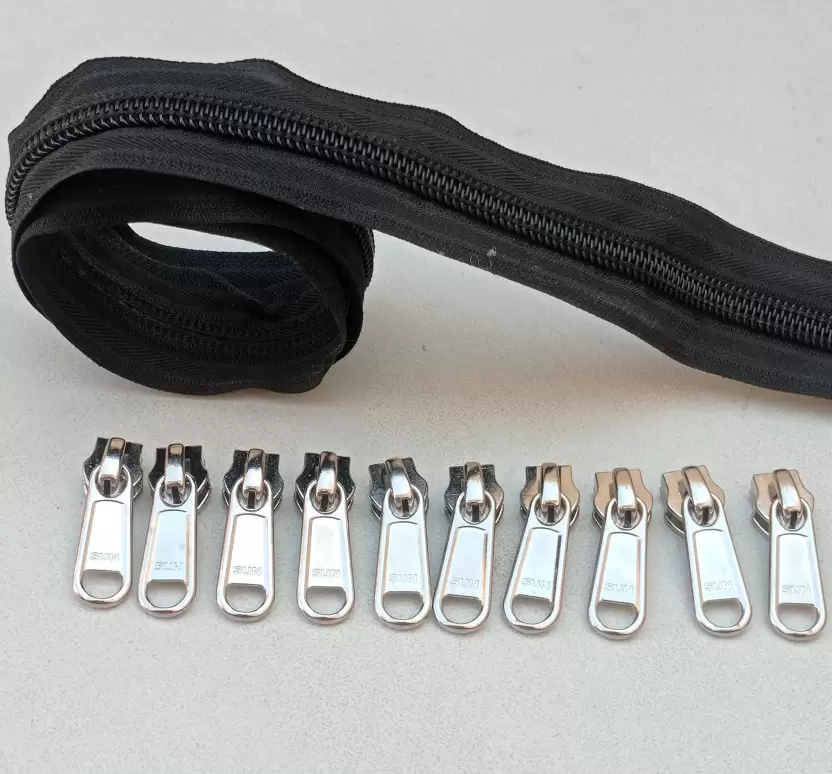
Advantages of coil zippers over other types of zippers
- Coil zippers are more durable than other types of zippers. This is because the coil teeth are interlocking, which makes them less likely to come apart.
- Coil zippers are also smoother than other types of zippers. This is because the coils allow the teeth to glide smoothly over one another, which makes for a smoother zipper action.
- Coil zippers are available in a wide range of colours. This is because the coils can be dyed to any colour desired. This is not the case with other types of zippers, which are typically only available in a limited number of colours.
Disadvantages of coil zippers over other types of zippers
The Different Types of Zippers Based on Zipper Functions
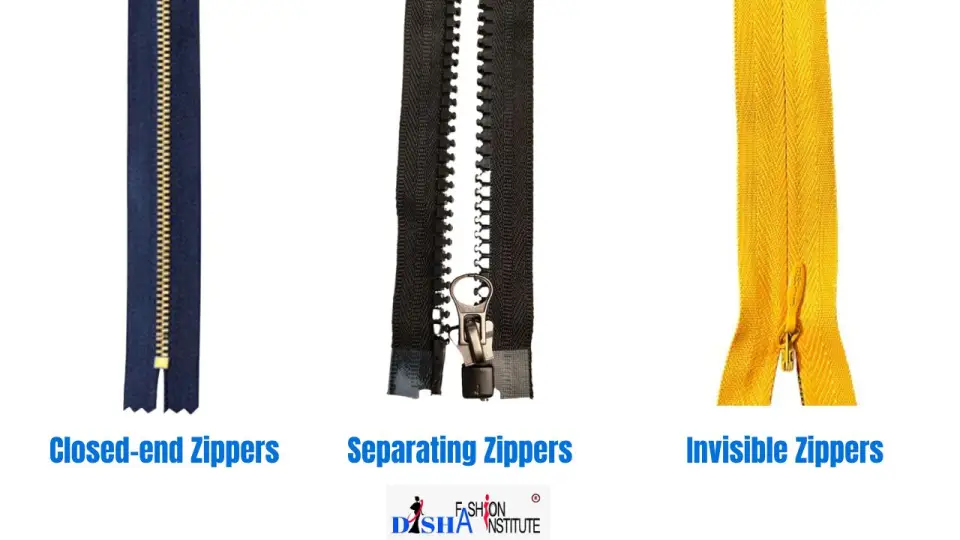
Invisible Zippers or Concealed Zippers
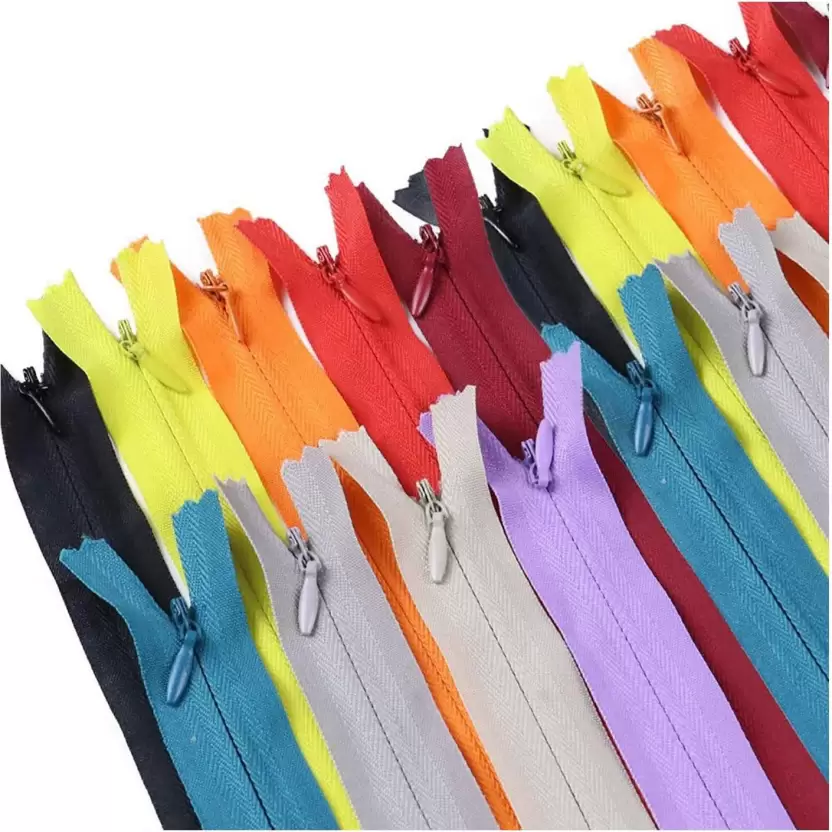
An invisible zipper is a type of zipper that is used in garments and other items where a smooth, clean look is desired. This type of zipper is made with special teeth that are almost invisible when the zipper is closed. This is because the teeth are actually at the backside.
Learn About invisible zippers in detail Invisible zippers
Invisible zippers are a great choice for many different projects, including dresses, skirts, pants, and more. They can be a bit more difficult to install than other types of zippers, but the results are worth it. If you're looking for a sleek and sophisticated look, then an invisible zipper is definitely the way to go.
Open-ended Zippers or Separating Zippers
An open-ended zipper is a type of zipper that can be fully opened, separating the two sides of the zipper. Open-ended zippers are often used in garments such as jackets and coats, where they allow the user to easily put on and take off the garment.
Closed-end Zippers or Closed Bottom Zippers
Closed-end zippers are basically the opposite of open-ended zippers. The two sides cannot be separated. It has a bottom stop and a top stop, which restricts the two sides of the zippers from being separated from each other. This type of zipper is often used for pants, skirts, and other garments that are meant to be worn close to the body.
Other Types of Zippers
Two-way open-ended zippers are also available where two sliders exist. But this type of zipper is not that popular.
The zippers can be classified based on weight, length, width of the teeth and other perimeters as well. But here, we have described the classifications based on the material of the teeth and functionality only.
History of Zippers
Though we often take zippers for granted, this simple invention has a fascinating history. Zippers are made up of two rows of interlocking teeth, and they were first used in clothing in the early 1900s. Metal teeth zippers became particularly popular in the 1920s.
At the time, they were considered a more modern and sophisticated alternative to buttons. They quickly became a popular fastening for clothing, including men’s trousers, women’s dresses, and children’s clothing. Today, zippers are used in a wide variety of applications, from clothing and luggage to cars and boats.
Conclusion
All Topics Related to Zippers
Invisible Zippers
 A Complete Guide to Invisible Zippers or Concealed Zippers If you're looking for a versatile and...
A Complete Guide to Invisible Zippers or Concealed Zippers If you're looking for a versatile and...
Types of Zippers
 Different Types of Zippers: A Complete Guide to Zippers for Garments
Different Types of Zippers: A Complete Guide to Zippers for Garments
Make Cushion Cover Without Zipper
 How to make a cushion cover without a zipper: In 4 easy steps If you are looking for how to make a...
How to make a cushion cover without a zipper: In 4 easy steps If you are looking for how to make a...
![[DISHA] The Best Tailoring School](/media/plg_jspeed/cache/images/Disha_logo.webp)
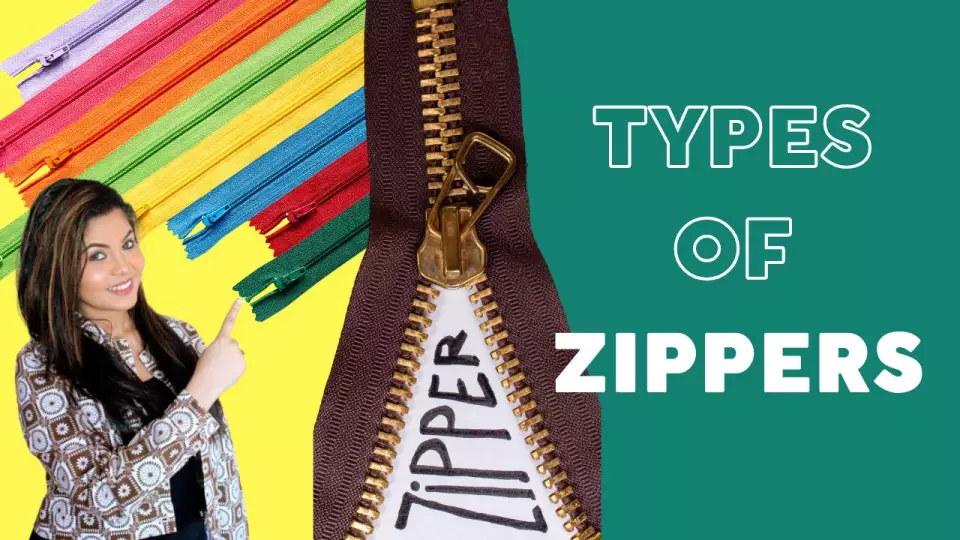
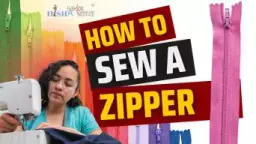
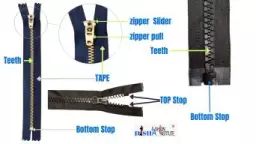







Comments